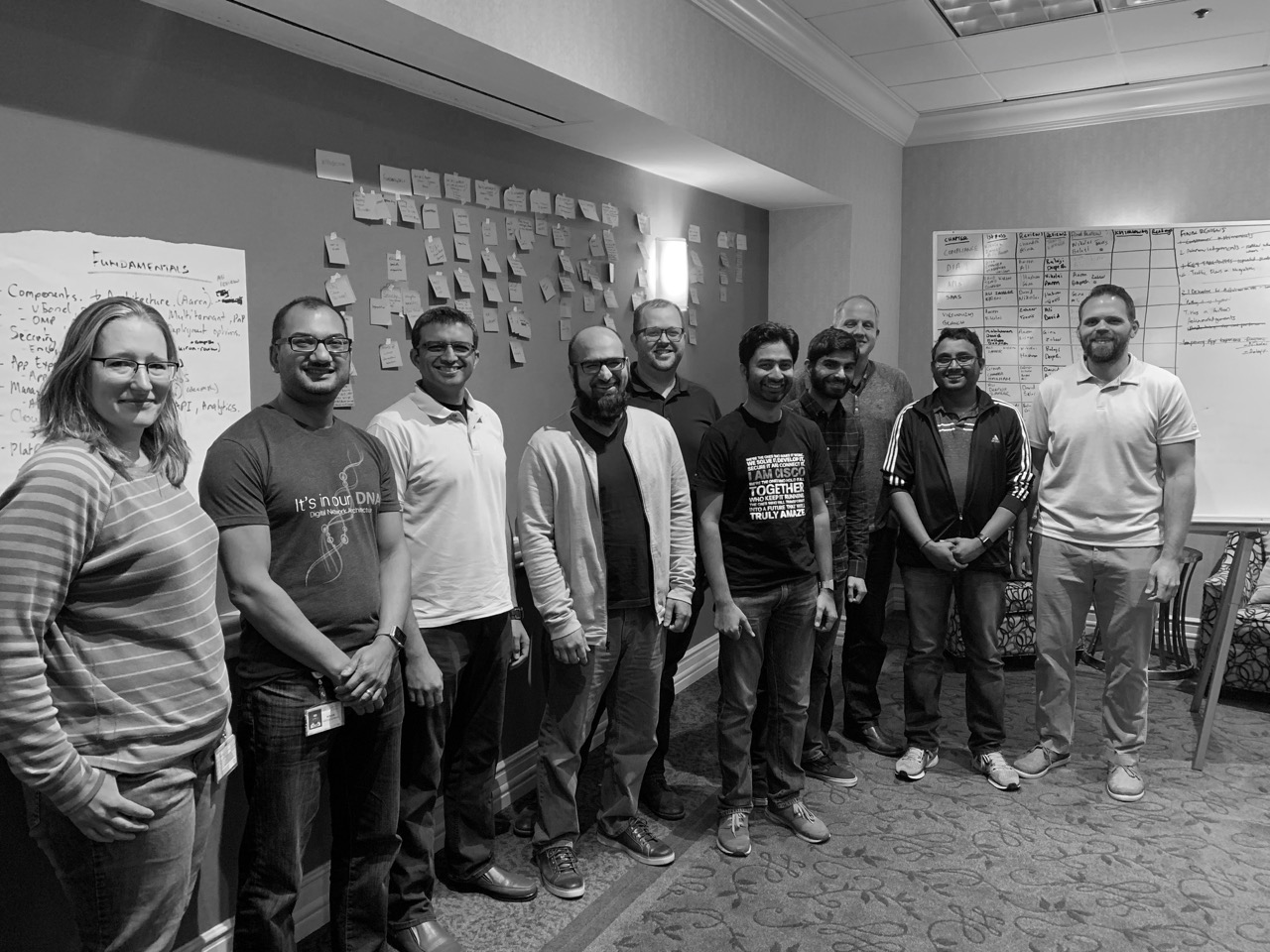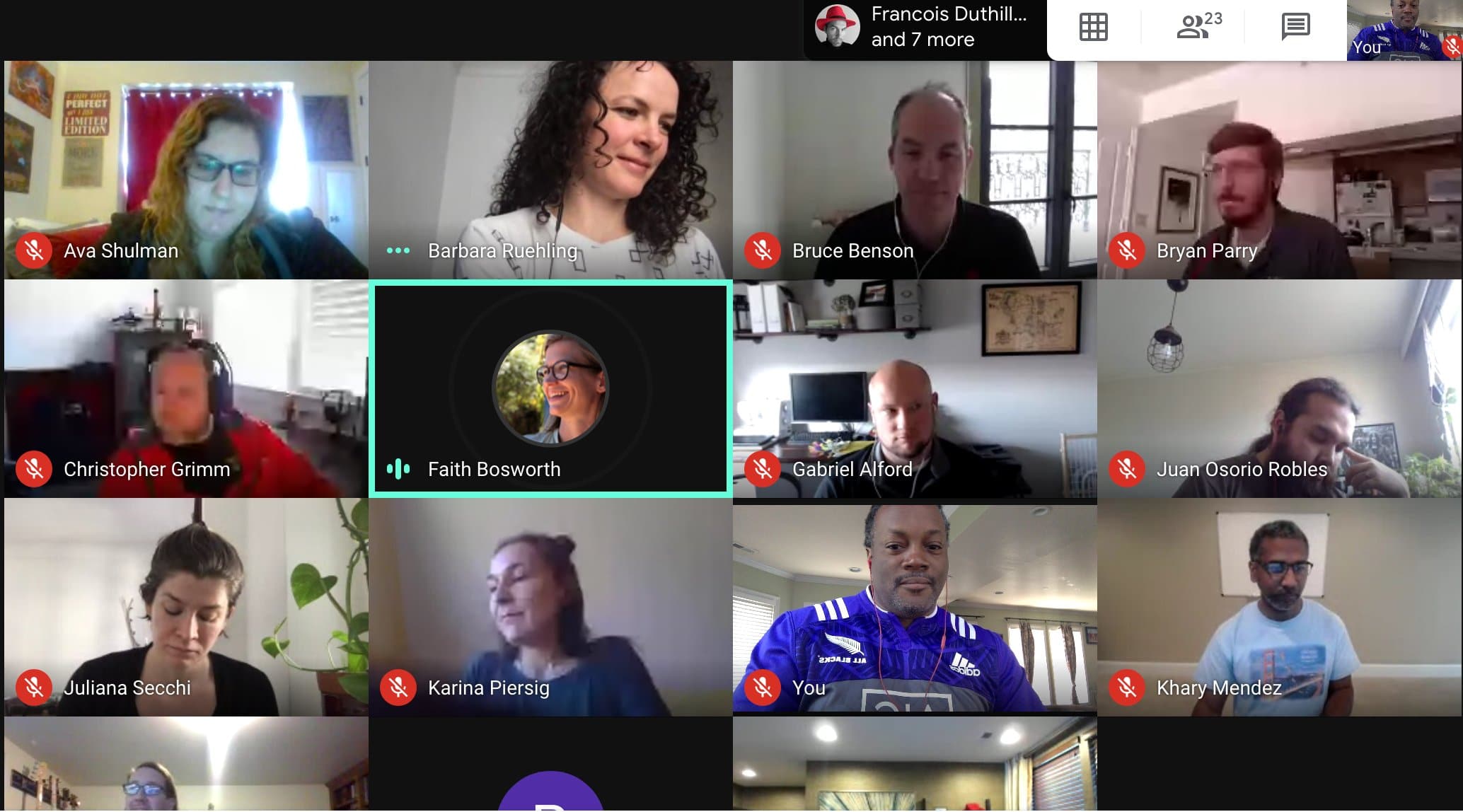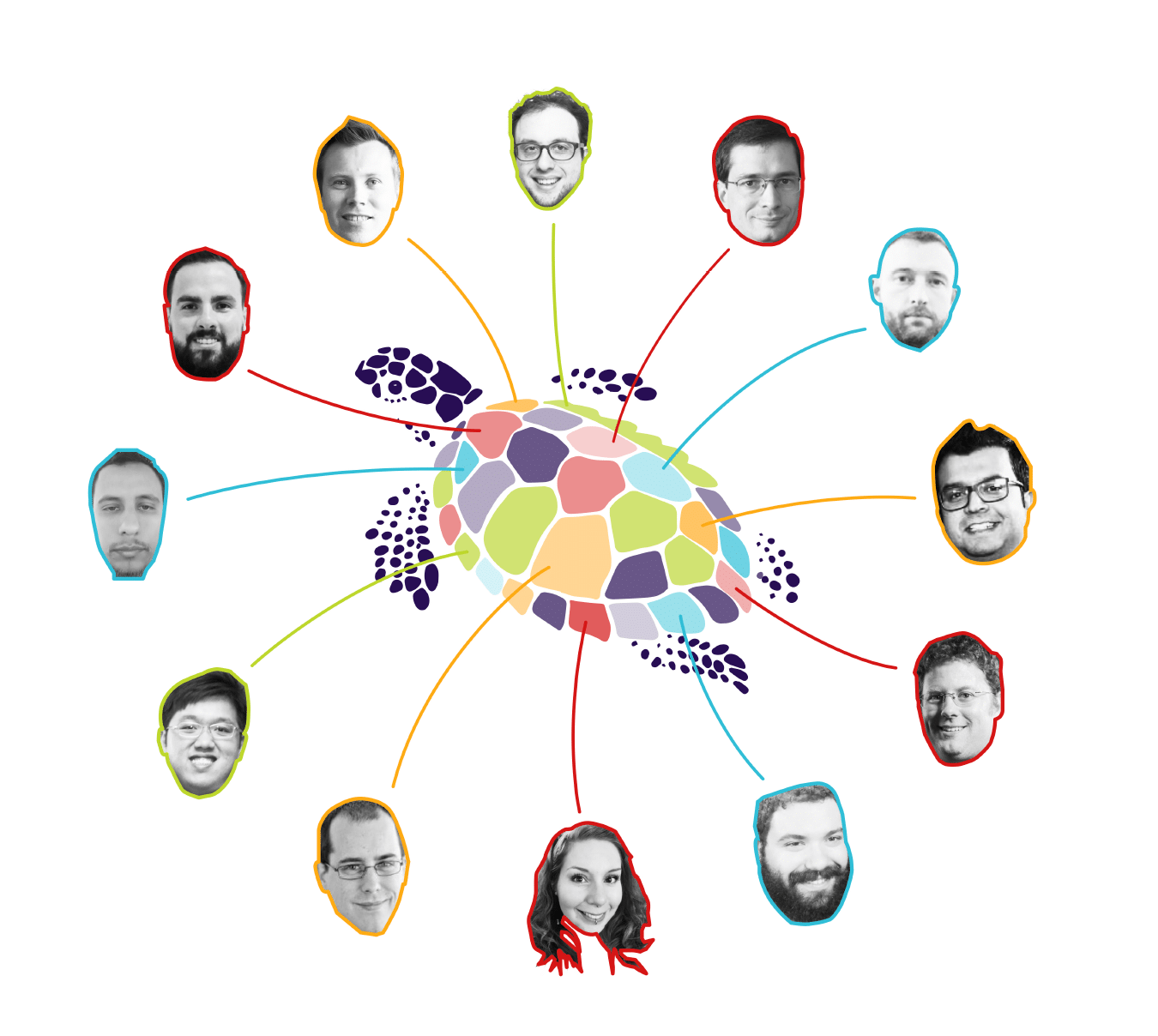Reasons to participate in a Book Sprint
The task to get a group of experts committed to a 5-day Book Sprint can be tricky. People take a risk putting their names on a book with others, and taking days off their busy routine to try out a new process they don’t know or trust yet… So how can an organiser convince colleagues and peers to engage in a Book Sprint? This article’s objective is to share some recommendations on getting the commitment of those experts that have a lot to contribute to the topic in question, and creating a productive group constellation. We compiled what our former organisers have told us about what they got out of the process, which may help to convince others that a Book Sprint is worth their time.
Establish the need for a book
To get colleagues and experts interested, it helps to provide broad context for the book project and the need for it: Why engage in this now? Is there a need to establish authority on the topic, or an internal need for documentation? What are the clients’ or users’ expectations? Potential experts will grasp the value of a Book Sprint if they agree on the need for it.
Arouse curiosity in a new collaborative work method
Trying out a new work method can offer new tools and techniques to the team, that they will be able to use beyond the project. Framing new methods like a Book Sprint as ‘experiments’ and ‘learning’ opportunities may make it more accessible for colleagues to try it out. People may be more likely to commit to a temporary process than an extensive project. From a first experiment with a new approach, a team can gain small wins, and then decide to invest more in the next version, or scale up.
It’s helpful to provide comprehensive insights on the Book Sprints process, what to expect during those days and what the outcome can be. Establishing trust in the process is key for obtaining commitment. If someone in the field has already gone through a Book Sprint, that is undoubtedly helpful. Previous organisers and participants are often glad to share their experiences with potential new sprinters.

participants at Cisco SD-WAN Book Sprint
Spurr new ideas
To undergo a Book Sprint is very different from every-day team meetings or workshops, and it tends to surprise participants how much content gets created in only five days. The fast-paced and focused discussions guided by the Book Sprint facilitator make space for different perspectives and engage the participants into finding a common route and vision with enthusiasm and an “out of the box” mindset.
The Book Sprint facilitator uses a very efficient design thinking methodology which allows our teams to take several different perspectives and create a coherent and concise book within a week. Sehjung Hah, formerly at Cisco.
The Book Sprint facilitators, being outsiders and neutral to the group, are trained in perceiving group dynamics with an outcome-driven mind. They read the group and work on removing obstacles to the flow of work and the intensity of collaboration, softening hierarchies and providing a safe space for ideas. Their only agenda is to guide the group to write the best content they can possibly write. And that provides value to the material being created and to the participants’ learnings.
Kristian Lempa, from GIZ, told us:
The Book Sprint was my professional highlight of the year. I spent two weeks with great people, constantly challenging my ideas. That made me learn intensely.
Foster exchange between departments
A Book Sprint with participants from different departments can help overcome the tunnel vision effect. Tunnel vision prevents colleagues from understanding each other’s jobs and therefore fromt thinking of solutions that go beyond what they do on a daily basis. The result is a series of micro-cultures that aren’t always compatible. Any opportunity to step into each other’s shoes gives professionals an understanding of how other departments work.
The book output was nice, made for a great marketing showpiece, but the real value seemed to be bringing people from across the company together. Perhaps hearing of each other prior on mailing lists or by reputation, most of our authors had not met or worked closely together. The sprint brought multiple groups together from different geographies/cultures, from different internal teams, and different backgrounds, for the purpose of a shared goal. The internal team dynamics afterwards was FANTASTIC. Shawn Wells at Red Hat.

participants from multiple departments at Red Hat’s virtual Book Sprint room
The most common challenge of cross-functional collaboration is a difference in priorities between the teams. For example, an engineer may be more interested in optimising the efficiency of a new product. On the other hand, a sales manager may be interested in the benefits the product has and transmitting that message to the customers. Getting them to create something together can be done by aligning their values and identifying the contribution of each department for the joint-effort.
Find sponsors in management positions
Finding sponsors in management positions can help to get co-authors on board for a Book Sprint. Sponsors can pave paths, allocate resources and communicate the project within the management of an organisation. One former organiser of a Book Sprint shared with us:
We negotiated deals for the authors with their department heads so that they could get the time free. We explained and convinced them extensively why this is crucial. You have to find good individual reasons for getting people out. To a team leader who has new employees you can say: They will get to know people right away.
Finally write a book
It is a common personal goal to write a book someday. For some participants, the book that comes out of the Book Sprint is the first one they have authored. But with demanding work, family and so many obligations, few of us actually find the time. A Book Sprint is a limited time endeavour with a clear outcome that has your name on it. Sounds great, doesn’t it? Former participants shared with us how taking part in a Book Sprint has been rewarding beyond expectations. Lauren Malhoit, at the time at Cisco, said
I’ve written a book before and I can tell you I will never do it alone again. This was an amazing experience… Thanks to the facilitators, we would still be on day one if it weren’t for them.
Daniella Lowenberg shared about writing Open Data Metrics:
The process enabled a group of us with diverse ideas and limited time overlap to get together our perspectives and information into an organized narrative, working through discussions that we would have not otherwise been as productive without our great Book Sprints facilitator and framework.
And Frederick Kautz at HPE, said:
This was such a fun book to co-author. Usually, I think of writing a book as a lonely expedition to the top of a mountain. This was the exact opposite. It was a sprint with both current and new friends, and the result was fantastic.

the team of experts that co-authored HPE’s book ‘Solving the Bottom Turtle’
We certainly believe – and have seen for ourselves – that adopting some of these strategies can be helpful to get participants across departments to join a Book Sprint. As always, we are happy to go an extra mile and think together what could work best for a specific book project and group of authors.
